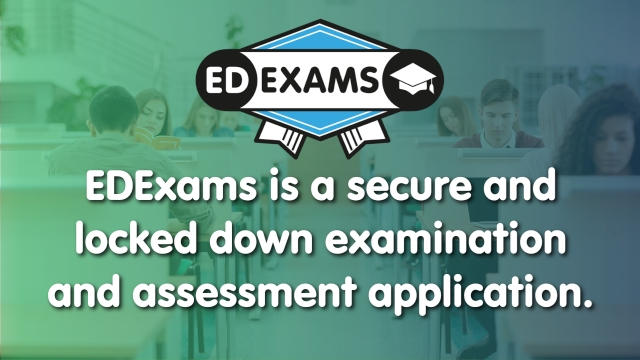Baseline testing has been viewed negatively by some teachers thanks to the planned extension of assessments to reception-age children.
However, baseline testing is used across education and industry to assess starting points and work out where to go from there.
The Education Endowment Foundation points out that:
Without good baseline assessment – a strong starting point – it is impossible to measure progress well: if you don’t know where someone started, knowing whether their end point represents ‘good progress’ or not is not feasible.
Baseline testing, then, can play a part in working out where pupils are starting from, but how is this expanded to create learning pathways?
Diagnostic assessments must be worthwhile
Tests for the sake of testing are a bugbear of teachers, students and parents alike.
Therefore, any baseline testing undertaken by schools must have clear functions and be well-structured. One major reason that testing fails to produce actionable results is because the desired outcomes aren’t made clear to stakeholders.
Teachers need to know that they’re delivering something that will help in the short and long term.
Assess the depth of knowledge
Any variety of baseline testing should enable teachers to develop personalised learning plans based on gaps in knowledge.
If there is one area, for example, that all pupils are struggling with, that suggests a great deal of class time needs to be spent on that area. If, however, individual pupils are struggling with certain areas, assessments will flag this up and ensure that a pupil can receive tailored support in that area.
Set goals in conjunction with students
Too often, goals are given to pupils with no discussion and therefore appear as though they’re “happening to” a student rather than being seen as something they’re aiming towards.
Using the knowledge gained from baseline assessments, teachers are in an excellent position to have conversations with pupils regarding their strengths and weaknesses, along with how they can improve in the future.
If the data gathered from the baseline assessments doesn’t flag up the areas that need to be targeted, they’re not serving an effective purpose for teachers or students.
Encourage pupils to track their own progress
As well as being involved in setting goals based on baseline data, students should also be encouraged to track their own progress as a mechanism to being involved in their own learning.
An Edmentum guide to personalised learning commented:
By incorporating tracking tools and progress monitoring into classroom activities, students can begin to take ownership over their own performance and internalize their next steps toward success.
Once again, the idea that data gained from baseline testing can be used in conjunction with students to set their targets and develop their own pathway circumvents some of the typical arguments against such testing.
Don’t lose sight of the individual
One major problem that is frequently cited about the use of testing is that it encourages a model that puts data above the student and sees them merely as conduits to achieve a specific grade.
This is the antithesis of personalised student-centric learning and can prove to be a valid concern in schools where league tables and results are valued above student-centred outcomes.
However, there is no absolute correlation between baseline testing and a loss of individualised student pathways that help students reach their potential – it’s all about the way baseline testing is approached and how the results are incorporated into teaching.











